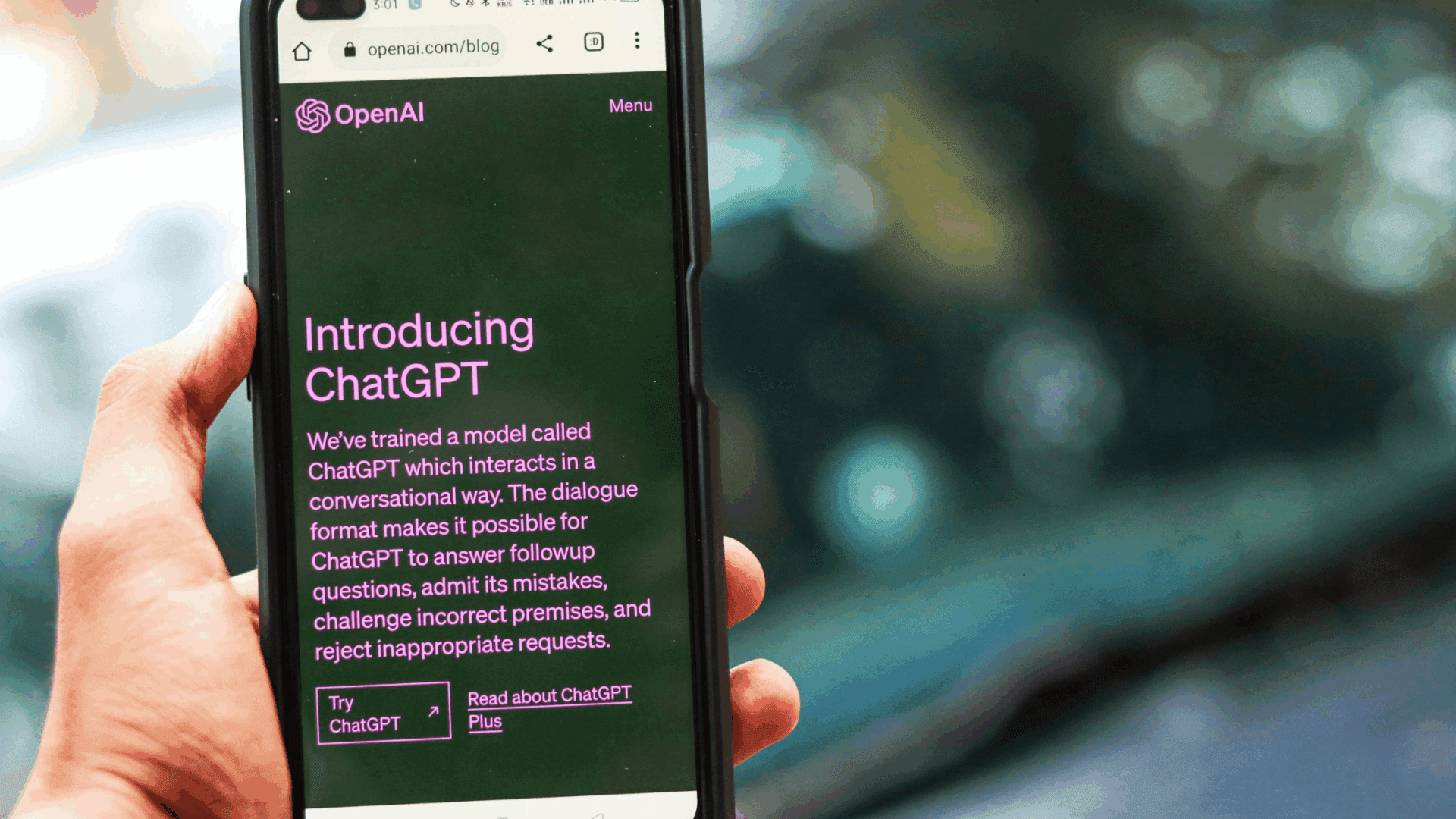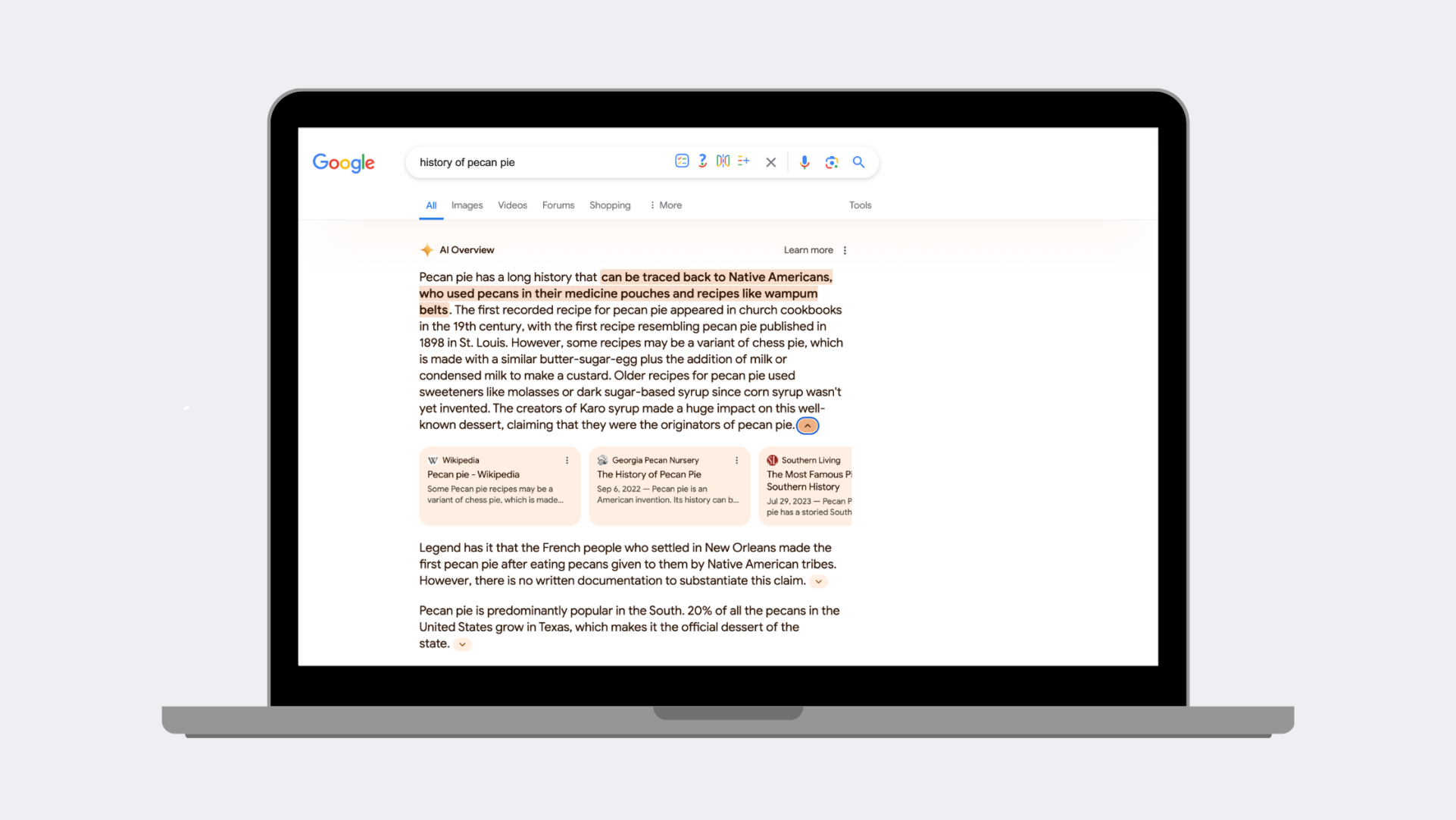
Seven Hot Digital Trends In Retail Right Now

The retail industry is undergoing a dramatic reorganization. Brick-and-mortar shopping is declining significantly, while online retail is reaching stratospheric heights. Amazon sales have increased by almost 2,000% over the last decade while several stores, including Macy’s, Bebe and Payless, have announced massive closures.
The overall trend is clear: People want to buy online and only retailers that can embrace the new e-commerce marketing landscape will continue to grow. Here are some of the hottest trends shaping digital marketing, as well as tactics that retailers can use to stay relevant.
1. Shopping Through Search
Today’s consumers have been trained to expect that they can search for a product and then instantly click on it to make a purchase through the results. If a product doesn’t show up in the sponsored shopping results with images, many people won’t even know it exists. This has increased the importance of having products listed on leading search engines, like Google Shopping and Bing Shopping — two of the must-have shopping channels we recommend to retail marketers.
2. Harvesting A Community For Success
What’s another way to stand out from the plethora of e-commerce options out there? Rally your online business around your community. For example, those who buy from the Houzz marketplace, one of the e-commerce channels our software is integrated with, also use that site to get home design ideas, find home-related services and interact with other users in the forum. Another company that supports this approach is our client UncommonGoods, a retailer that specializes in creative and uniquely designed gifts and jewelry. Their sustainable, environmentally friendly approach not only supports a group of independent artists and designers, but they also attract the earth-conscious shopper who seeks handcrafted goods.
These e-commerce businesses provide a personalized experience that feels curated and tailored to their customers, rather than the relatively nameless, faceless experience that tends to come with shopping in an “everything” store.
3. Using Programmatic Advertising
Programmatic advertising means you define the audience you want to target and software will automatically purchase ads to reach that audience. You can use your existing customer data to determine your ideal audience and scale that audience through programmatic advertising to increase your reach. This empowers retailers to reach the exact people seeking their products with a message tailored specifically for them in an efficient, cost-effective manner.
4. Embracing Voice Activation And Recognition
Shoppers can use devices like Amazon Echo and Google Home for in-home purchases by verbally asking. This removes yet another obstacle to consumers being able to shop, as they can start talking instead of finding a device and typing out the product name. This shift will also change search engine optimization because natural language processing will have to be taken into account. One of the key tactics to keep in mind, beyond following sound SEO practices, is to leverage structured data, which pairs a name with a value to help search engines categorize and index content.
5. Taking Advantage Of YouTube
Video advertising can often be an expensive prospect. YouTube, however, is still surprisingly cheap and reaches a large audience, particularly the younger generation. A number of smart retailers are taking advantage of this to use the channel for branding, prospecting and – in particular – retargeting.
6. Connecting With Shoppers On Bots
Chatbots are robots that simulate human conversation. Retailers, such as Sephora and H&M, are now launching bots to help customers browse and purchase. Not only does this improve the customer experience online, it also potentially allows retailers to cut back on employee costs. The goal here for brands is to focus on a single objective, like artificial intelligence driven recommendations, educational content or new product launches to boost mobile revenue.
7. Bolstering Lead Generation And Offering New Ad Formats On Social
Most people don’t head to Facebook, Twitter or Pinterest to shop – at least not yet. Social media platforms are continuing to adopt and push more and more e-commerce capabilities in an effort to help retailers and provide their users with more options.
It’s all about removing obstacles and streamlining the consumer experience. Some shoppers don’t complete mobile purchases because it’s a pain to enter information into their phones. Social media “buy” buttons eliminate this problem for every retailer that sells through its site, as users will already have their information saved, essentially recreating the “impulse buy” for the information age.
Beyond this, three of the biggest players in social media are offering new ad formats designed to help businesses find new customers and increase sales:
- Facebook allows products featured in static images and videos to be tagged to make them easier for people to buy.
- Instagram offers shopping ads, enabling retailers to tag products in their photos, which showcases the product’s price, description, additional photos and a “shop now” button.
- Pinterest offers search-exclusive keyword campaigns and feed-based shopping.
Where Retail Is Heading – And What’s Driving It
The future of retail is about enhancing the customer experience. People have so many options competing for their attention that retailers need to make the shopping experience as fun, easy and seamless as possible.
“We’re seeing more demand for various social media marketing campaigns. Everything from Shoppable Instagram to B2B campaigns on LinkedIn,” said Robert Rand, CTO of Rand Marketing, a Fort Lauderdale-based digital marketing agency, when I spoke with him about hot trends in the industry. “We’re also seeing more interest in omnichannel digital marketing, increasing the lifetime value of each shopper by using smart systems to touch base with them through the right mediums, from email to SMS text message, to push notifications and social media – at the right times.”
Driving this movement are the rise of mobile shopping and the coming of age of a huge number of millennials and younger who expect to be catered to. In order to reach customers, retailers need to seek them out where they already are and find ways to make the process fit into what people are already doing.
Have A Project For Us?
Website design services & digital marketing tailored for user experience and
attracting the right traffic for you with support-that-matters!



